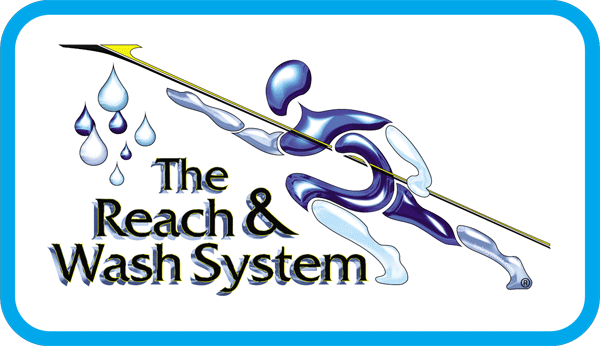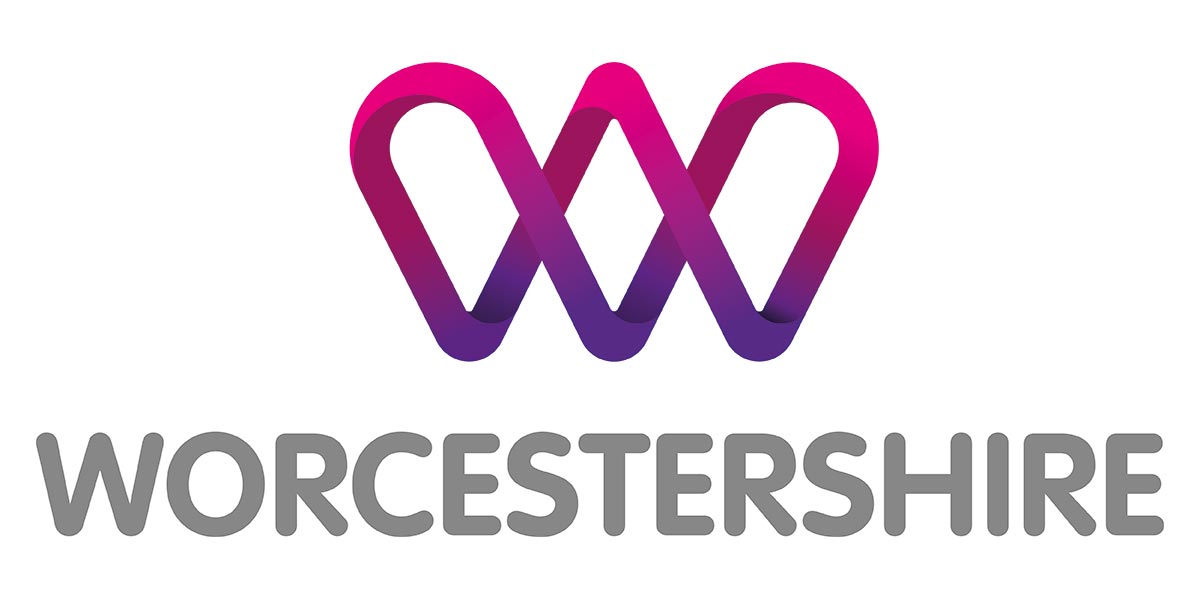Workplace toilet hygiene: 3 tips to getting it right
We don’t like talking about the loo.
We all need this vital facility at work for our health, but when aiming to ensure workplace wellbeing, we sometimes gloss over it in a flush of embarrassment.
Maintaining proper workplace toilet hygiene is not only essential for the health and wellbeing of employees but also reflects the overall hygiene standards of a company. A clean and hygienic washroom environment contributes significantly to employee satisfaction, productivity, and overall staff wellbeing.
In this blog, we’ll discuss three crucial tips to ensure workplace toilet hygiene is maintained effectively, promoting a healthy and comfortable environment for everyone.
1 . Regular Cleaning and Maintenance
The foundation of good workplace toilet hygiene lies in a regular cleaning and maintenance schedule. A clean bathroom not only prevents the spread of germs but also creates a positive impression on visitors, boosting the value of your brand.
It’s also key when you are considering how to improve staff wellbeing, nothing will turn off your employees faster than a grotty bathroom, literally as well as figuratively! The workplace lavatory is one of the most common places to pick up illness-causing viruses and bacteria that can lead to absence.
By investing in clean loos, you are safeguarding your employees’ physical health (thereby boosting productivity) as well as their mental health (a clean restroom will help to make them feel valued and cared for).
Here are some key steps to ensure effective, regular cleaning and maintenance:
Daily cleaning routine
Implement a daily cleaning schedule that includes tasks such as wiping down surfaces, mopping floors, replenishing supplies (toilet paper, soap, hand towels), and emptying rubbish bins.
Deep cleaning
In addition to daily cleaning, plan less frequent deep cleaning sessions to tackle hard-to-reach areas, grout lines, and fixtures. Deep cleaning helps remove stubborn stains, odours, and buildup of dirt and grime, ensuring a hygienic environment.
Inspection and maintenance
Conduct routine inspections of washroom facilities to identify any maintenance issues such as leaky taps, clogged drains, malfunctioning toilets, areas of mould & mildew or broken fixtures. Promptly address these issues to prevent workplace hygiene-related problems and ensure optimal functionality.
Hygiene products
Ensure the availability of essential workplace hygiene products such as hand soap, hand sanitisers, air fresheners, and disposable paper products. Choose products that are eco-friendly, effective, and approved for commercial use.
Outsource for easy implementation
Don’t be tempted by a false economy by trying to keep all of this work in-house. Engage the services of us, your professional cleaning team.
Not only, do our cleaning operatives have the skills and expertise required to ensure all these things are done properly and in compliance with all the relevant health and safety standards, but by not having to take on the added responsibility themselves, your staff will be free to do their day jobs, without worrying about who is on the cleaning rota!
We make sure your professional cleaning team delivers a tailored service, bespoke to the needs of you and your business. We don’t want you to pay for services you don’t need, whilst missing out on those that you do!
Our washroom cleaning is part of our contract cleaning service. Learn more about our contract cleaning services here.
2. Promote hygiene best practices
This is another key answer to the “how to improve staff wellbeing” question.
Educating employees about workplace hygiene best practices is crucial for maintaining a clean and hygienic restroom environment. As you are investing time and money in their health, it also demonstrates that you care for them.
Many hygiene-related issues can be prevented through proper awareness. Here are some ways to promote hygiene best practices among employees:
Communicate best practices
Make hygiene resources easily accessible, such as posters with hygiene tips, instructional videos, and written guidelines.
This doesn’t have to be done overtly. Create posters that can be fixed to the walls of your washrooms and workplace to remind staff of basic hygiene practices.
Encourage feedback
Encourage feedback from employees regarding hygiene concerns and suggestions for improvement.
3. Implement hygiene technology
Since the COVID-19 pandemic, advancements in hygiene technology offer innovative solutions to enhance workplace toilet hygiene and cleanliness. Using hygiene technology can make processes smoother, boost efficiency, and raise hygiene standards. Here are some hygiene technology options to consider:
Touchless fixtures
Install touchless taps, soap dispensers, and hand dryers to minimise contact with surfaces and reduce the spread of germs. Touchless fixtures also conserve water and reduce waste.
Air purification systems
Consider installing air purification systems or air sanitisers in restrooms to eliminate odours, bacteria, and airborne contaminants. Clean air contributes to a healthier and more pleasant restroom environment.
UV-C disinfection
Explore UV-C disinfection technology for targeted disinfection of restroom surfaces, fixtures, and equipment. UV-C light effectively kills bacteria, viruses, and pathogens, contributing to a hygienic environment.
Prioritising workplace hygiene not only benefits employees but also reflects positively on the company’s commitment to health, safety, and hygiene excellence. For a free, no-obligation quote that’s bespoke to your business, get in touch with our friendly team today. With 4 decades of experience in this field, let us take the hassle out of workplace hygiene.



